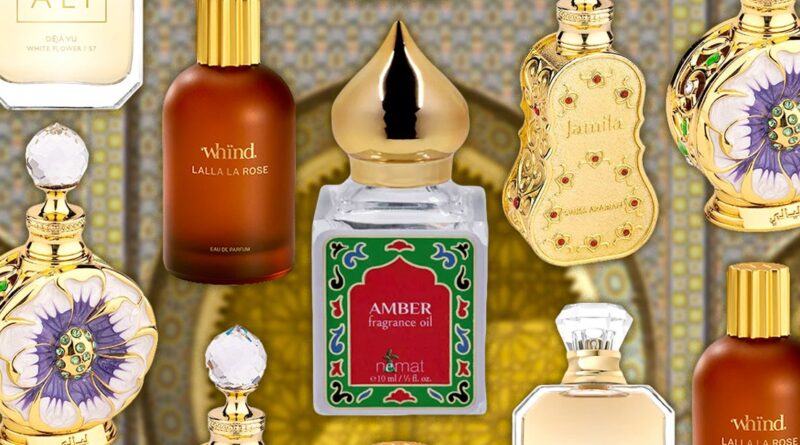Why Are Arabian Perfumes So Special? Here Are the Reasons TikTok Users Love These Fragrances
Fragrance influencer and Arabian-perfume enthusiast Funmi Monet has recently received massive attention for her focus on Arabian perfumes, particularly her fun unboxing-style videos in which she reviews a suitcase worth of options from the Middle East region. Other influencers are also unpacking their favorites, recommending various brands with complex profiles, as scents from the Middle East and North Africa region make their way into global fragrance trends.
But these fragrances and the centuries-old practices that originated in the region can be challenging to grasp. And there is a much wider price range for them than many luxury perfumes from mainstream brands. We’re here to unpack what makes Arabian perfumes so special, how to tell if they’re authentic, where to find them, and if they’re worth it. (Spoiler: Yes, they are.)
What exactly is an Arabian perfume? Mesopotamia, or modern-day Iraq, is commonly thought to be the birthplace of wearable fragrance. In the centuries since then, fragrances have circulated through the greater Middle East and North Africa region. Materials from the region that are often used in perfumes have also been traded for centuries, which means pinpointing exactly what defines an Arabian perfume can be challenging.
Generally, Arab perfumes are made using techniques and ingredients that are distinct to the region, though they don’t necessarily have to be based there. Numerous new-generation perfumers in the region and the diaspora are adding modern twists to traditional practices. Brands such as Nemat, whïnd, Kayali, Odict, Anfas, and Jazmin Saraï by Dana el Masri are all advancing Arabian perfumes for the next generation.
Knowing each ingredient in an Arabian fragrance is paramount when choosing the perfect bottle. Oud, musk, amber, frankincense, and sandalwood are often thrown into flavor profiles without much explanation. Oud, one of the most popular ingredients in Arab perfume, is also known as agarwood. The oud fragrance oil — which can run thousands of dollars per pound for the highest quality — is extracted from agarwood, the resinous heartwood of a fungus-infected aquilaria tree. The heartwood is distilled, which concentrates its dark, woody characteristics, and provides the oil with its distinctiveness.
Musky profiles are also common across lines of Arabian perfumes, adding an earthy, woody scent to each bottle. This core scent is often accentuated with amber, sandalwood, and frankincense, each unique in their own right, thus deepening the complexity of the contents in each bottle.
If this all sounds overpowering, don’t worry: What makes Arabian perfume so special is the balance of dark, rich smells with light, floral ones, particularly the popular jasmine and Arabian rose.
But even when you know what makes up popular Arabian scents, getting your hands on them can be a challenge. These perfumes can’t be found in most local department, cosmetic, or niche fragrance stores. As influencer Funmi Monet has demonstrated, sometimes the best option is to travel to a Middle Eastern souk or bazaar to bring back a haul like no other; however, there are also options for finding reliable, authentic Arabian perfumes outside of the Middle East.




